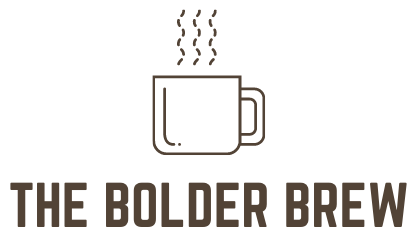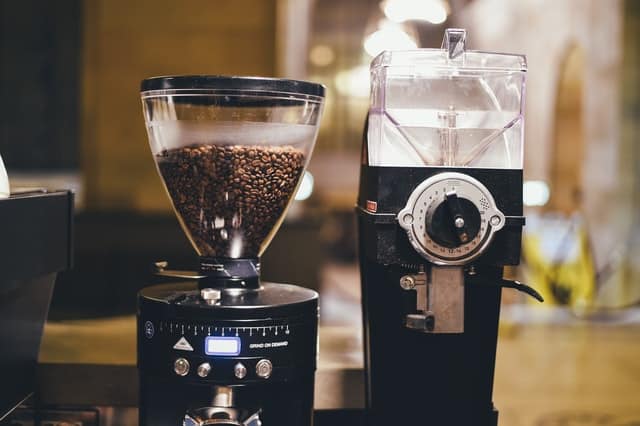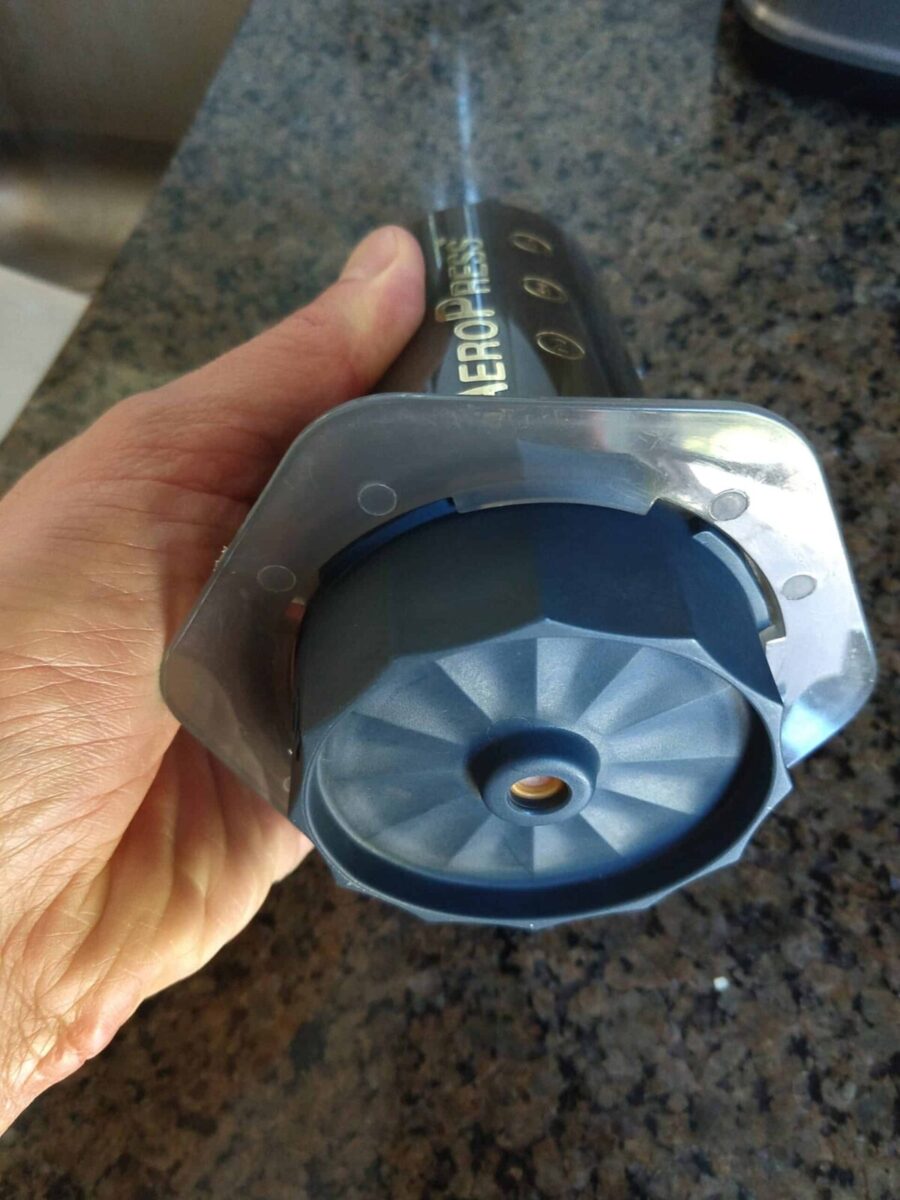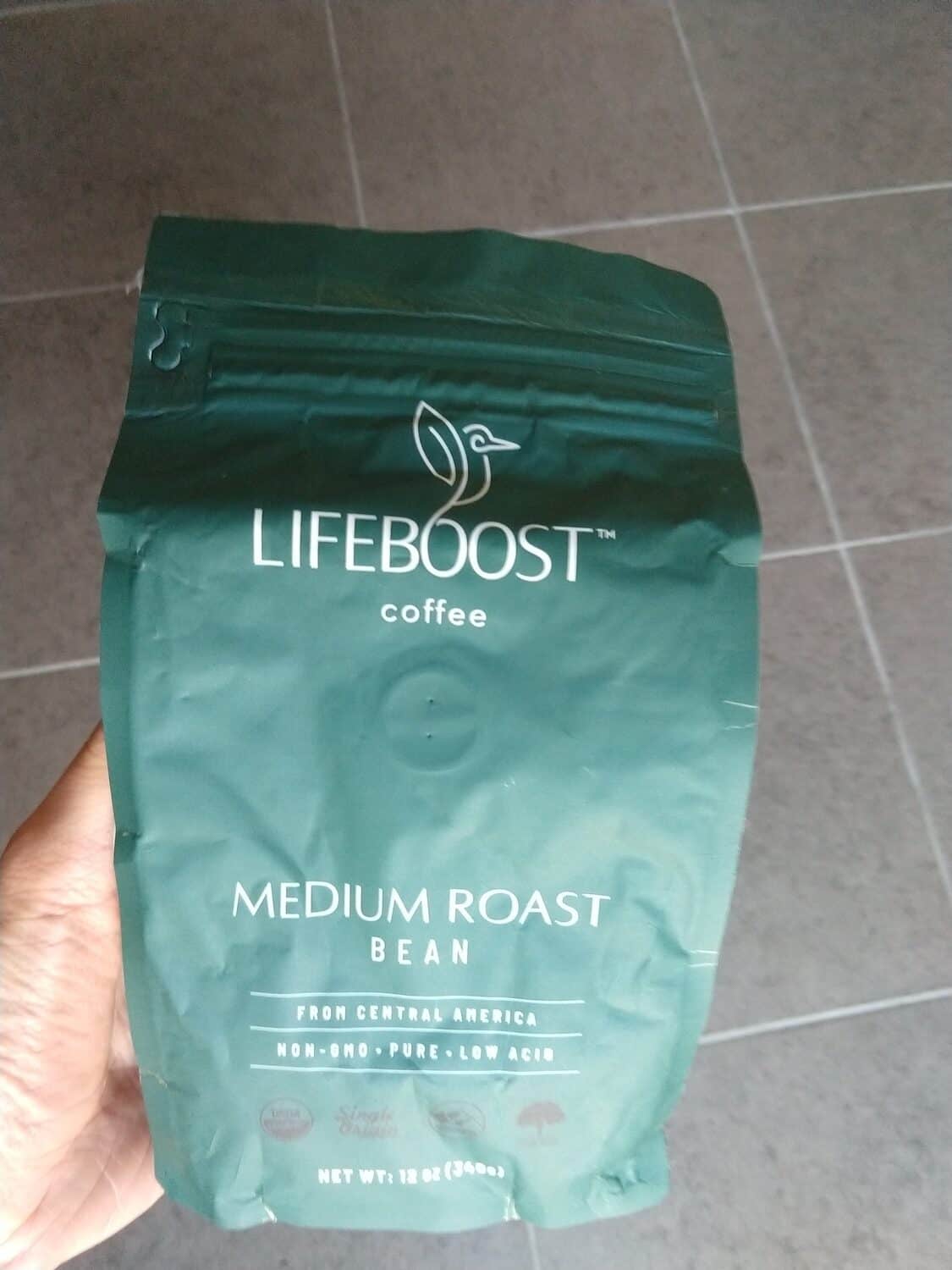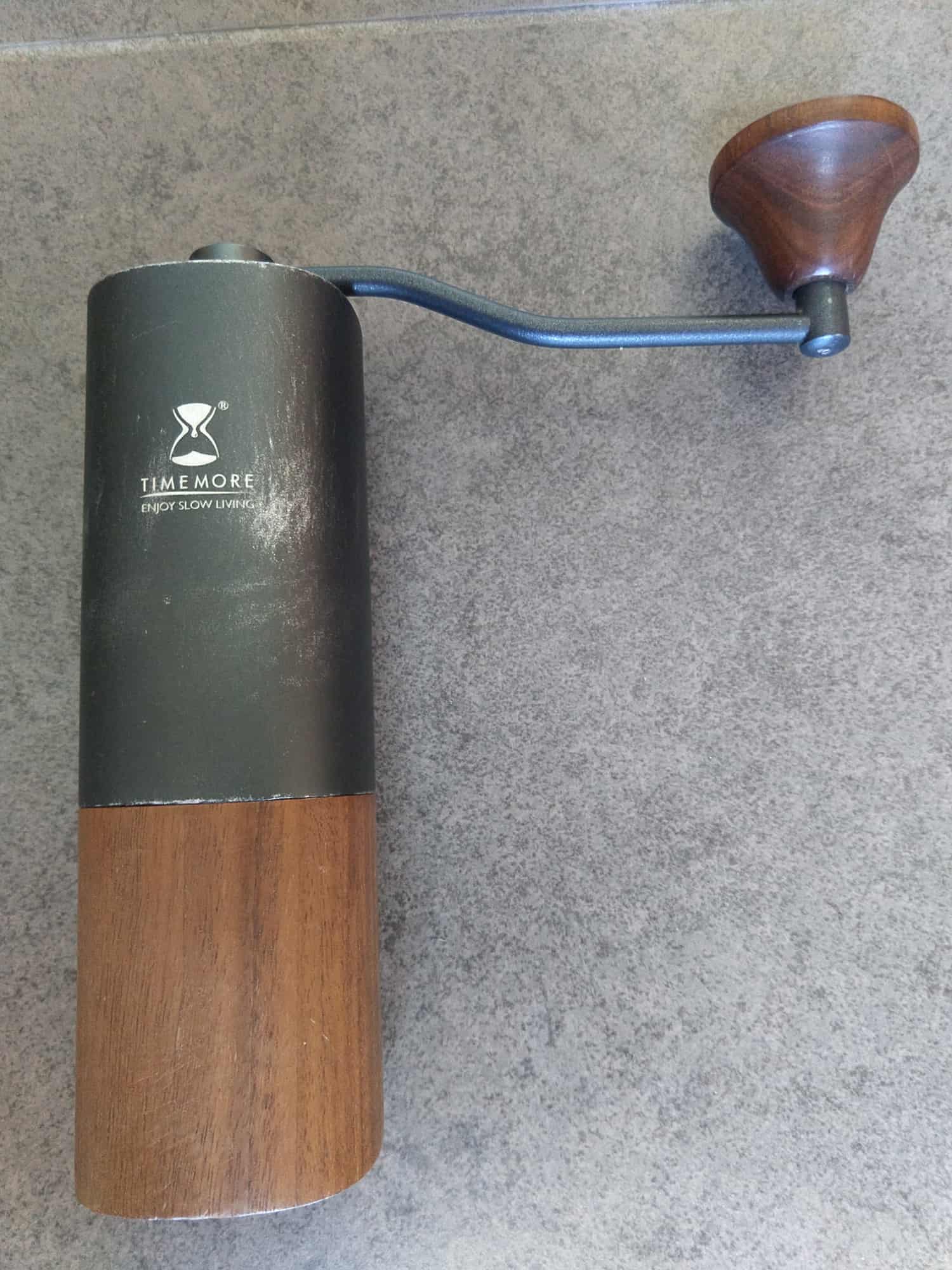1Zpresso K-Plus Grinder Review: Good Upgrade, Or Diminishing Returns?
Hand grinders are the rabbit hole that you never expect to go down...yet inevitably do.
One day you've got a practically disposable $30 grinder from a houseware store, and it seems perfectly fine—if you even think about it at all. The next day you're reading up on burr designs and stepped versus step-less adjustment.
Well, that makes two of us.
My previous grinder has worked flawlessly for about 3 years as of writing, and I'd still recommend it in a heartbeat. But I couldn't stop wondering just how much nicer my morning cup might be with a little more consistent grind size, finer adjustment, and (purely for convenience) faster grinding.
The search for the best hand grinder—not the best value, but simply the best at a not-totally-insane price—led me to the 1Zpresso K-Plus. Virtually every review compared it favorably to that gold standard of high-end grinders, the Comandante C40. While I have a soft spot for the Comandate's aesthetic and for its handmade-in-our-own-factory story, it wasn't available, so I made an educated guess that the K-Plus would be a terrific alternative, arguably even better in some ways.
And I was right. We'll get into why I believe that later, but here's the TL;DR.
The 1Zpresso K-Plus grinds consistently and extremely quickly for everything from espresso to French press. Its finish is beautiful (but a little industrial-looking) and its adjustment mechanism is one of the most intuitive and precise around.
However, the K-Plus is too bulky for frequent travelers who pack lightly, and several cheaper grinders are at least close in performance and build quality.
